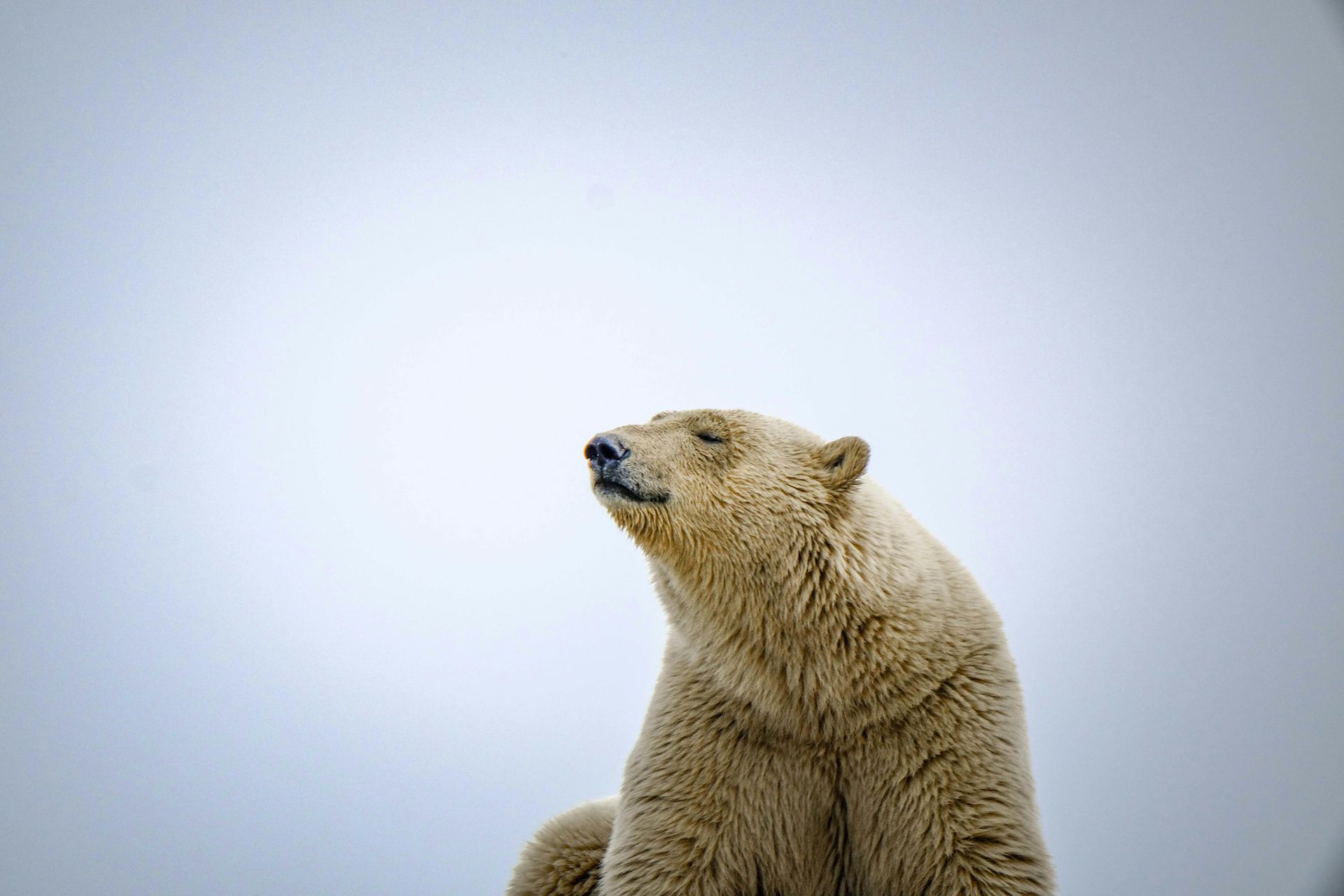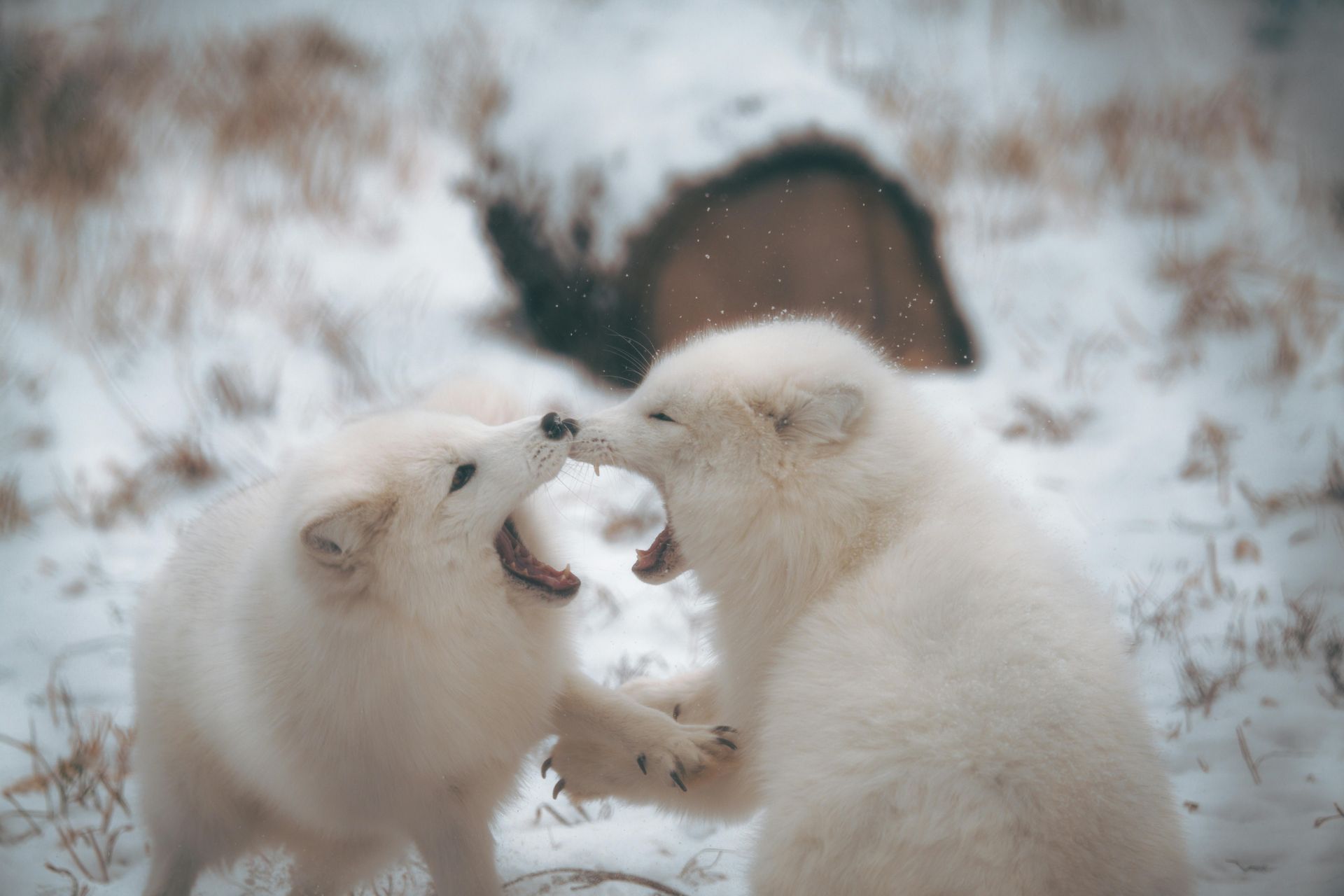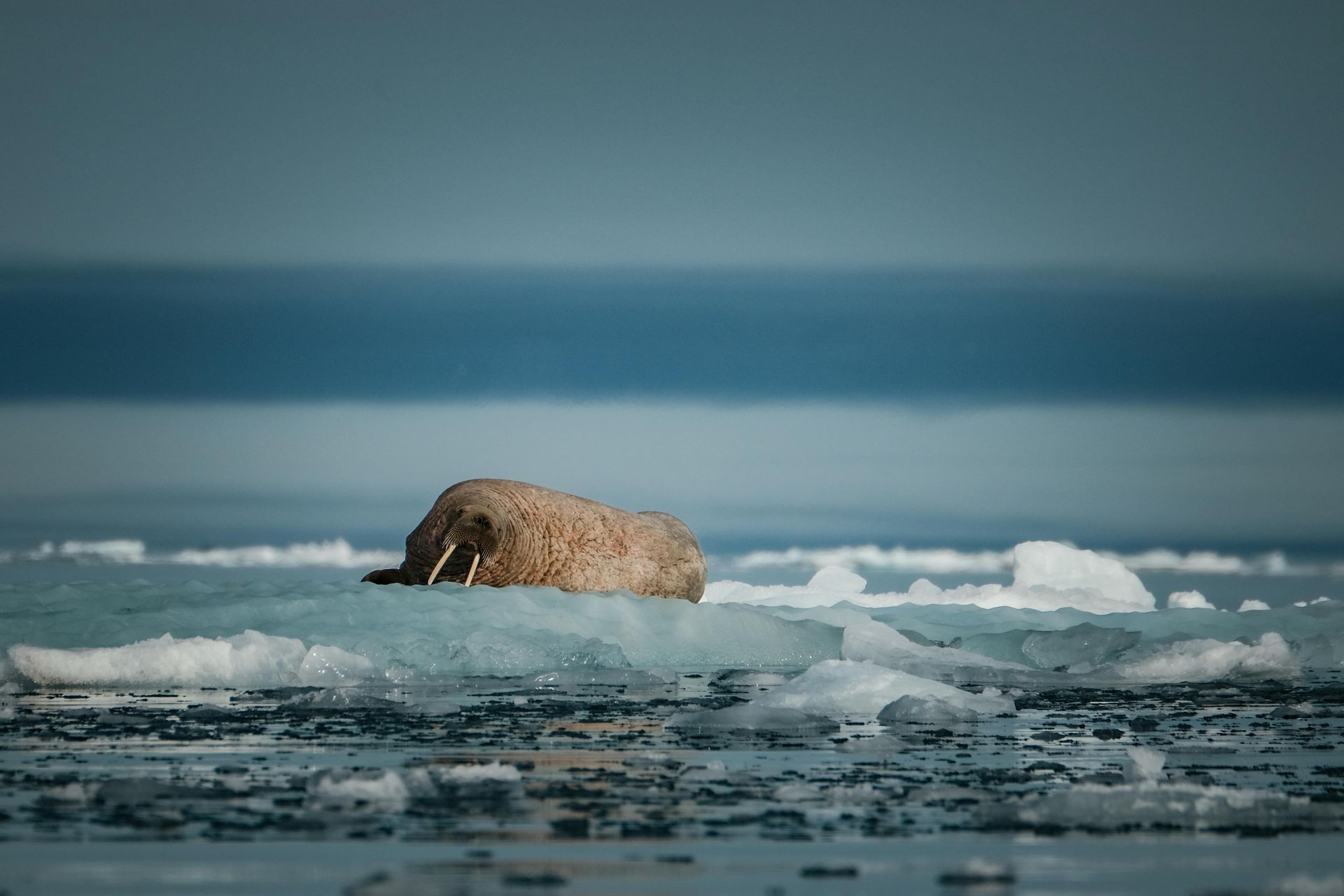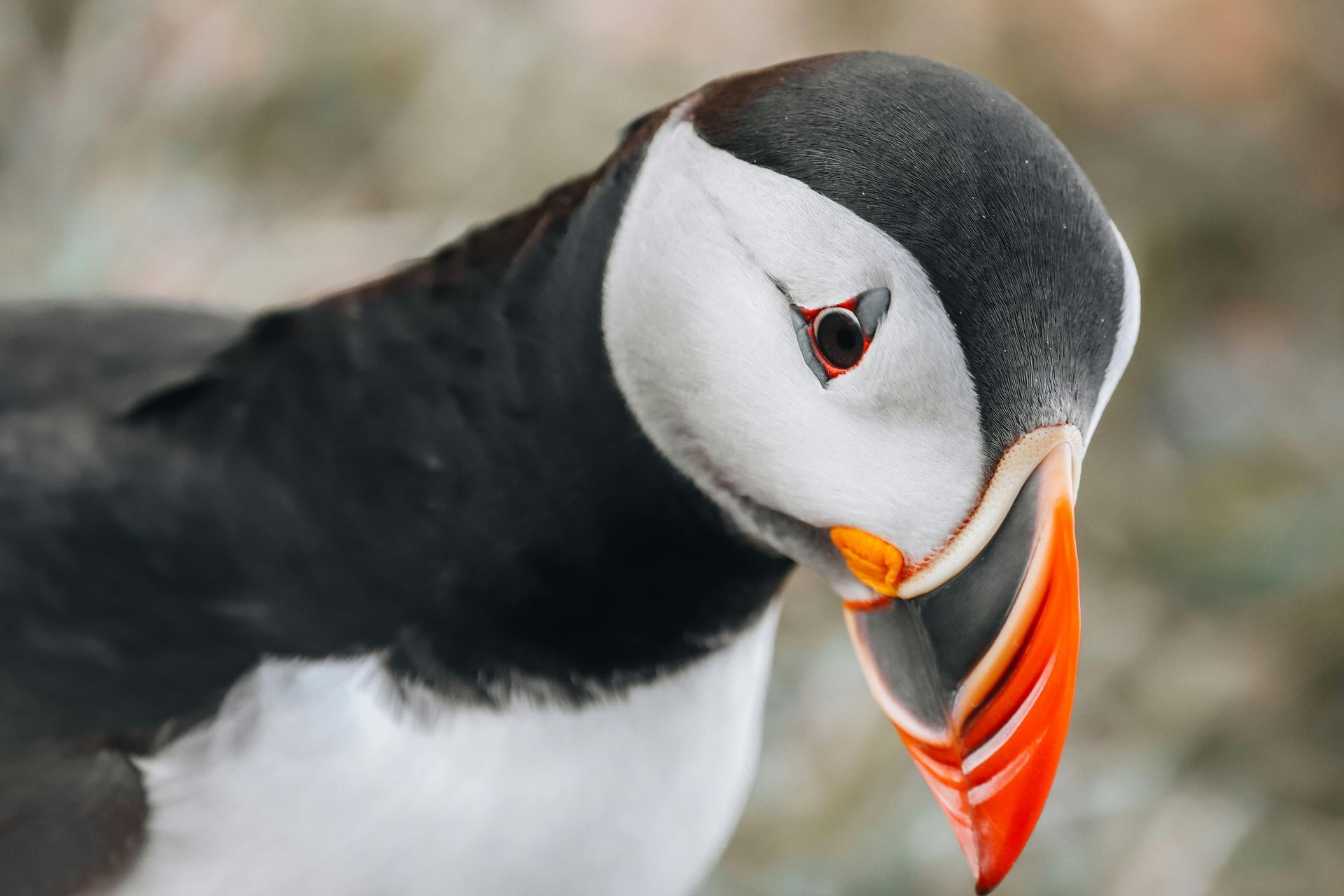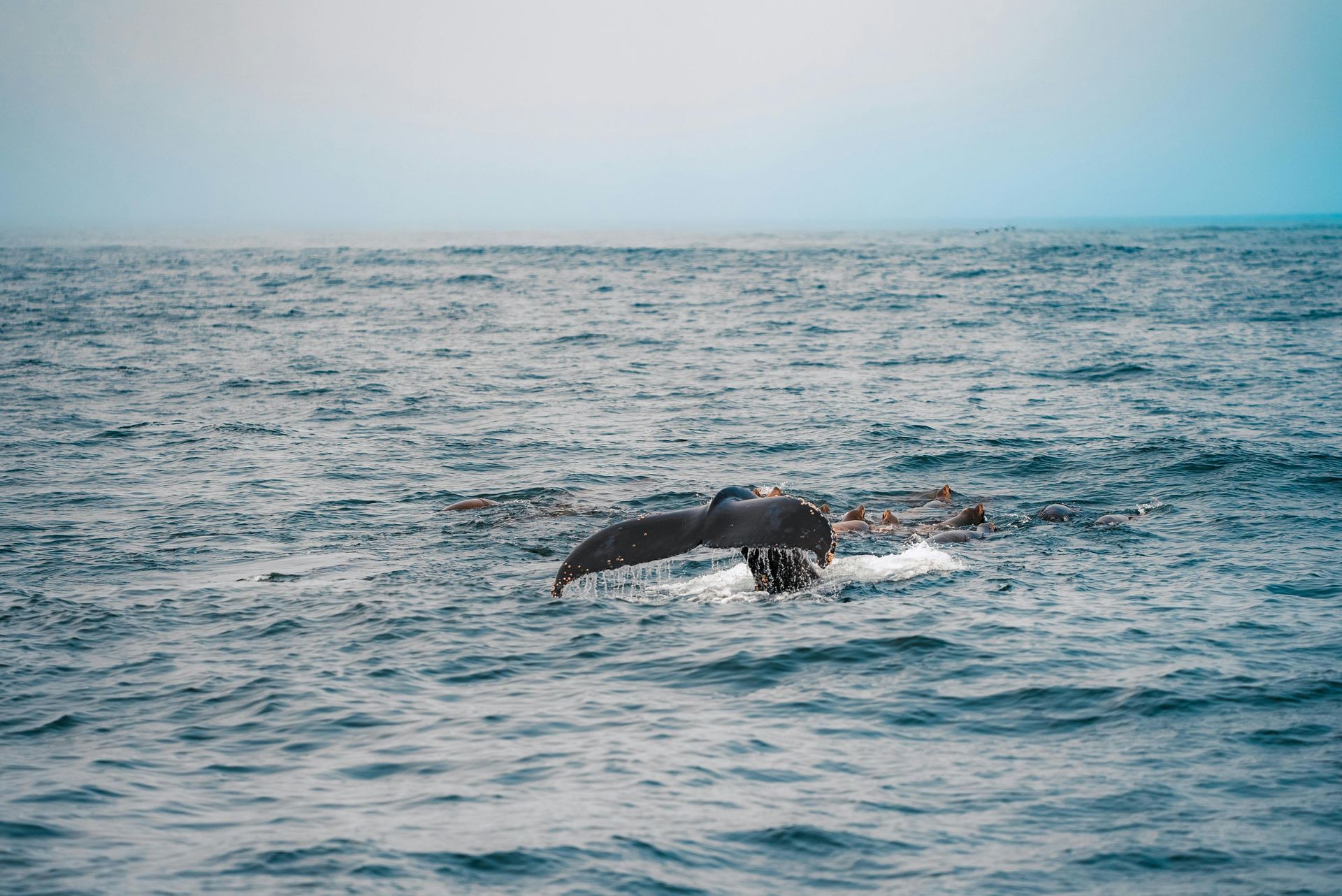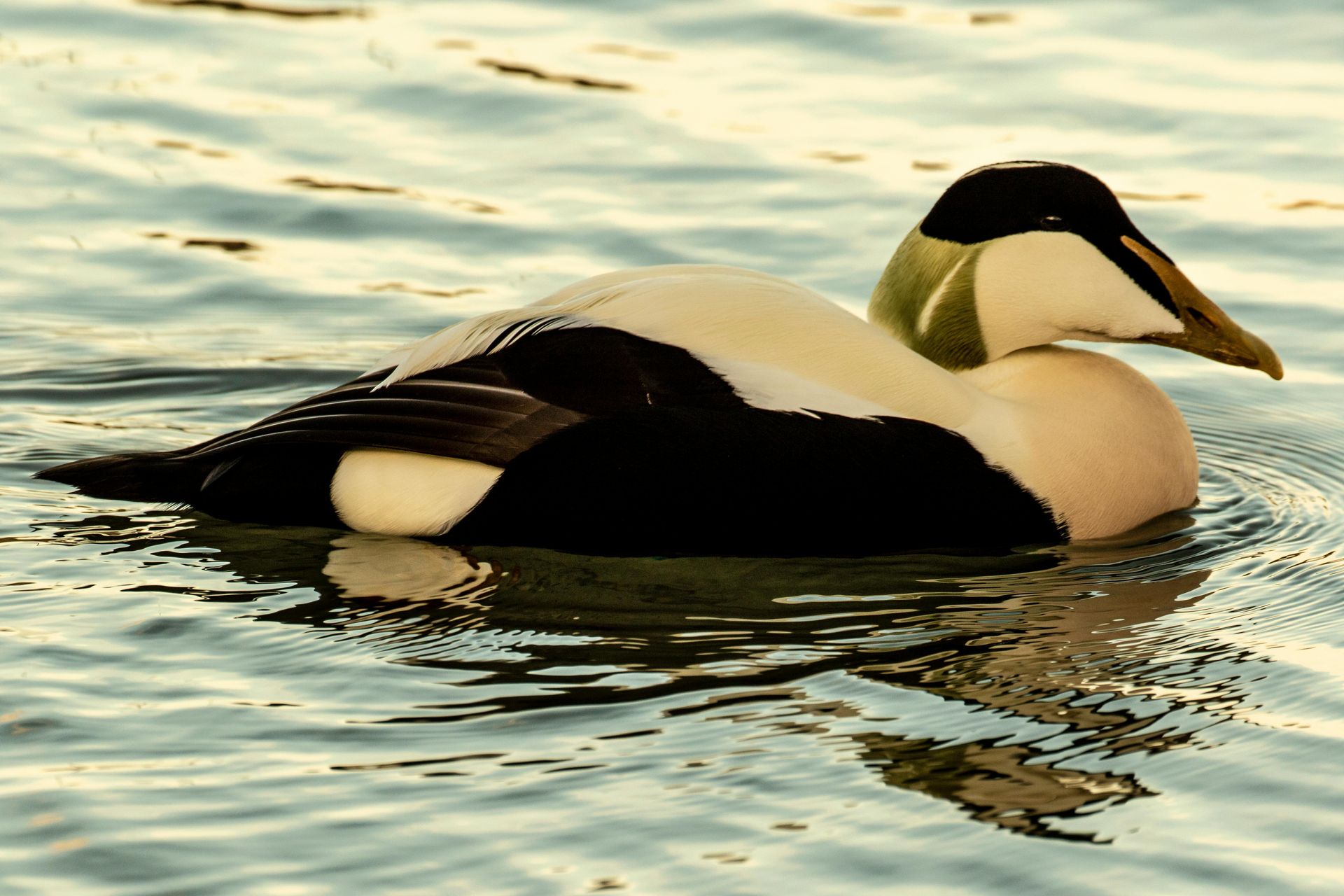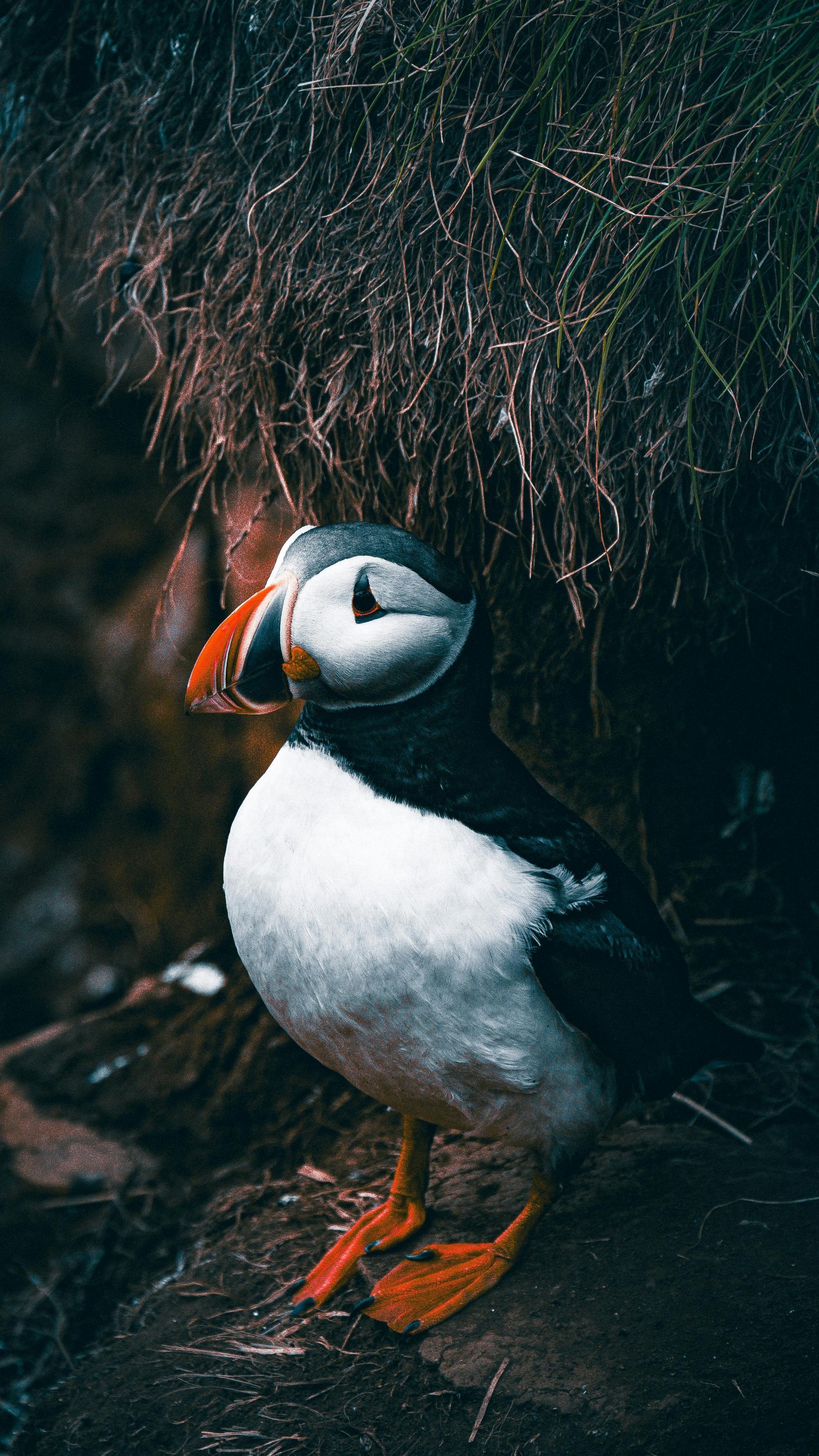Why Svalbard’s Sunsets and Sunrises Are Unlike Anywhere Else
Why Svalbard’s Sunsets and Sunrises Are Unlike Anywhere Else
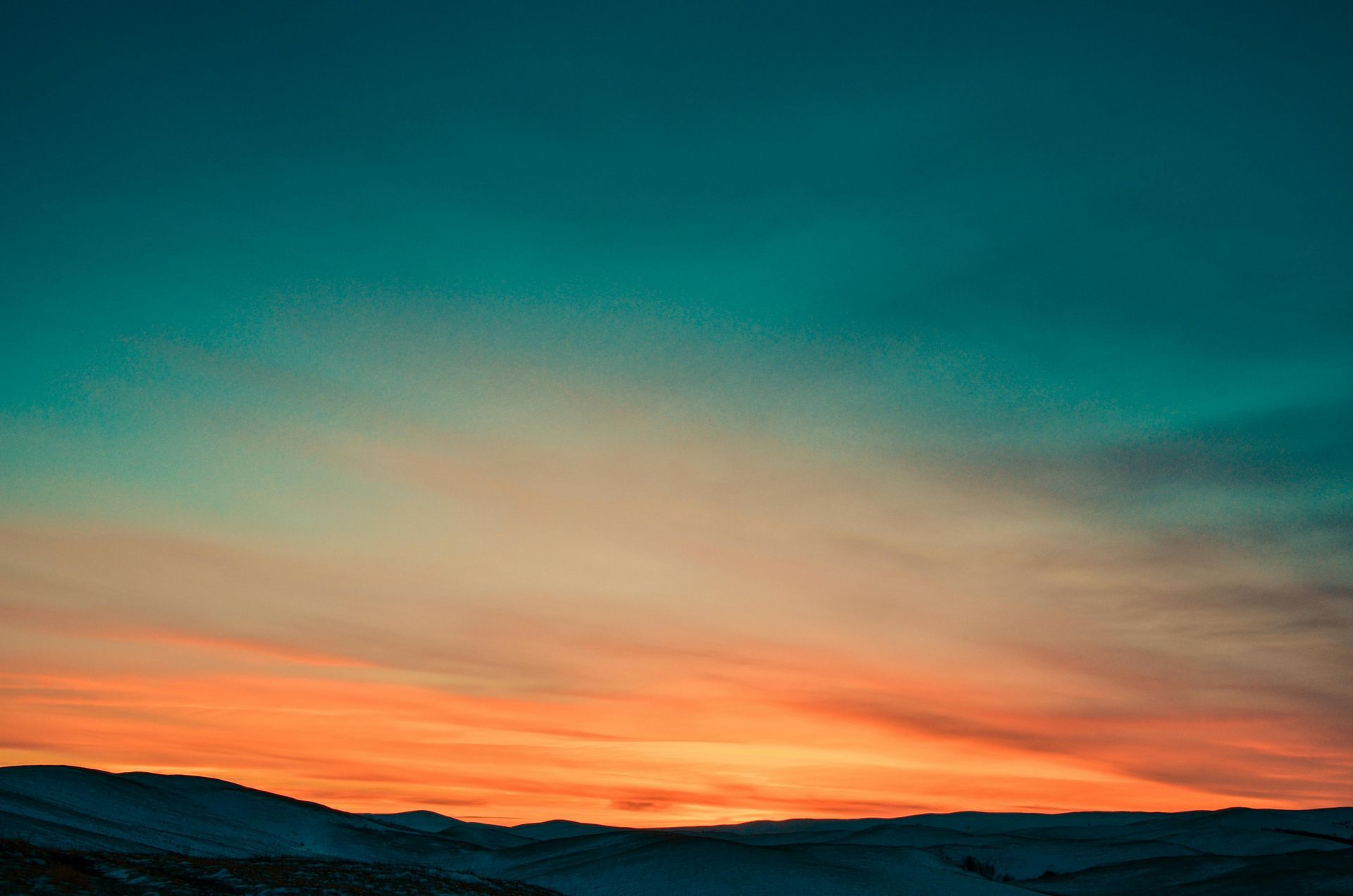
Svalbard, a remote archipelago nestled in the Arctic Ocean, is known for its otherworldly landscapes and extreme conditions. While many are familiar with its famous Midnight Sun during the summer months, the region's sunsets and sunrises hold an equally remarkable beauty. Far above the Arctic Circle, these daily phenomena are influenced by unique environmental factors, making them some of the most spectacular and unusual displays on Earth. Here's why Svalbard's sunrises and sunsets are unlike anywhere else.
A Phenomenon of Polar Extremes
One of the most captivating aspects of Svalbard's sunrises and sunsets is the fact that they are drawn out, lasting far longer than those in more temperate regions. This happens because of the Earth's tilt and the region's proximity to the Arctic Circle. During the polar day in summer, the sun never fully sets but instead dances along the horizon, creating a beautiful twilight that lasts for hours. Conversely, during the winter months, the sun never rises above the horizon, giving Svalbard its long polar nights. This extreme cycle is what makes the sun's behavior so unique, stretching the usual sunrise and sunset into lengthy, ethereal events.
The Midnight Sun: A Twilight Experience
From late April to mid-August, Svalbard experiences the Midnight Sun, where the sun does not set but instead hovers just above the horizon for 24 hours. This continuous daylight creates a surreal twilight, with a constant, soft golden glow that never truly fades. The light is unlike anything found in more southern latitudes—it’s softer, more diffused, and often tinged with hues of pink, purple, and gold. The long periods of twilight during the Midnight Sun are perfect for capturing extraordinary photographs, as the sky remains bathed in otherworldly light for hours.
The unique quality of this light is due to the angle at which the sun casts its rays. Since the sun is low in the sky throughout the day, it illuminates the landscape in a way that creates an almost dreamlike quality. The snow-covered mountains, glaciers, and icy fjords are bathed in soft, golden light, highlighting the stark beauty of Svalbard's polar wilderness.
A Polar Night's Magical Sunrise
On the flip side, during the winter months, from mid-November to late January, Svalbard experiences the Polar Night, a period in which the sun does not rise above the horizon for several weeks. However, even during this extended darkness, the moments when the sun does rise—if only for a brief period—are nothing short of magical. In late January, the sun reappears over the horizon for the first time in months, creating an extraordinary event where the sky slowly transitions from deep blues and purples to soft, warm colors.
This first sunrise is especially symbolic for the people of Svalbard, marking the end of the long, dark winter. The colors of the sky shift gradually, with delicate hues of pink, orange, and lavender spreading across the horizon. The quality of light during these early days of the sun's return is pure magic, illuminating the landscape in soft, muted tones that reflect off the snow and ice. For visitors, witnessing this sunrise is a rare and profound experience, as it marks the return of the sun to a place that has been cloaked in darkness for months.
The Arctic Sky: Lighting Up the Horizon
The presence of the aurora borealis, or Northern Lights, adds another layer of enchantment to Svalbard's sunrises and sunsets. During the long nights, the swirling green, purple, and pink lights of the aurora often appear in the skies, dancing in harmony with the fading or emerging sunlight. The combination of the Northern Lights with the low-hanging sun creates a spectacle that is nearly impossible to describe, as the sky seems to shift between night and day in one breathtaking moment.
When the aurora coincides with a sunset or sunrise, the effect is truly otherworldly. The illuminated sky, streaked with vibrant colors, casts an ethereal glow over the snow-covered landscape, making Svalbard’s sunsets and sunrises even more dramatic. Whether you’re watching the colors shift in the twilight of the Midnight Sun or catching the first rays of the sun after the long Polar Night, the interplay of the sky’s colors and the Northern Lights creates an unparalleled visual experience.
Golden Hours That Stretch for Hours
Another striking feature of Svalbard's sunrises and sunsets is the prolonged golden hour. Typically, the golden hour—the period of soft, warm light just before sunset or after sunrise—lasts only a brief moment in most parts of the world. However, in Svalbard, during the summer, the golden hour can extend for hours. The sun’s low angle creates a unique quality of light that bathes the landscape in warm, rich hues. This extended twilight period gives photographers and nature lovers ample time to enjoy and capture the stunning views.
In winter, the golden hour during the brief period when the sun reappears is equally mesmerizing. The sky is painted with hues of purple, pink, and amber, making the frozen wilderness look almost otherworldly. These extended moments of soft light make Svalbard a dream destination for photographers, with opportunities to capture some of the most striking and unique landscapes on Earth.
A Sky That Never Looks the Same
The ever-changing weather patterns in Svalbard add another layer of uniqueness to its sunrises and sunsets. On any given day, the sky can transform rapidly—from clear blue skies to swirling snowstorms, with everything in between. The Arctic weather can cause dramatic shifts in how the sun appears, casting its light through mist, clouds, or snowflakes, which in turn alters the colors and intensity of the light. The sun may appear to be an intense, fiery orb on one day, only to be softened and diffused the next, depending on the atmospheric conditions.
Conclusion: The Ultimate Arctic Experience
Svalbard’s sunrises and sunsets are not just ordinary celestial events—they are immersive experiences that reflect the extreme conditions of the Arctic. Whether you’re experiencing the Midnight Sun’s endless twilight or witnessing the return of the sun after months of darkness, Svalbard offers some of the most extraordinary and unique moments of light on the planet. The combination of extended golden hours, stunning colors, and the occasional appearance of the Northern Lights makes the sun’s behavior in Svalbard an unmissable spectacle for any traveler. There’s no place quite like Svalbard when it comes to witnessing the magic of the sun in the far north.


